Below you can find a complete list of Great Lakes animals. We currently track animals in the Great Lakes and are adding more every day!
The abundance of freshwater ecosystems among the Great Lakes makes them a beautiful place for many unique animals. These lakes are primarily home to fish, but the fish attract many mammals and birds that like to seek out their food in these areas. The Great Lakes border areas in both the United States and Canada.
The Great Lakes

Lake Superior
is connected to Wisconsin, Michigan, and Minnesota, while
Lake Michigan
connects with Wisconsin, Illinois, Indiana, and Michigan. Lake Erie is on the eastern side of the state of Michigan.
©Alexander Lukatskiy/Shutterstock.com
The Great Lakes are not a state or a nation; instead, they are a group of large lakes that include Lake Superior, Lake Michigan, Lake Huron, Lake Erie, and Lake Ontario. Each one connects with different states.
Lake Superior is connected to Wisconsin, Michigan, and Minnesota, while Lake Michigan connects with Wisconsin, Illinois, Indiana, and Michigan. Lake Huron also connects to Michiganas well as to Ontario, Canada. Lake Erie connects with Michigan (just like the other lakes), but it also connects to Ohio, Pennsylvania, New York, and Ontario. Lake Ontario borders only Ontario and New York. Essentially, all of the Great Lakes border Canada, the United States, or both.
These massive lakes were formed more than 20,000 years ago by glaciers that moved and carved the earth underneath, creating large basins that later filled with melted ice water. About 3,000 years ago, the lakes settled into the shapes they are today. Most of the lakes feed into the St. Lawrence River which empties into the Atlantic Ocean. The southern tip of Lake Michigan also feeds the Illinois river, which feeds into the Mississippi River that empties into the Gulf of Mexico.
Since the Great Lakes share borders with two countries, it is appropriate here to name the national animals of both countires. Canada’s national bird is the Canada Jay (or gray jay), and its national animal is the beaver. The national bird of the United States is the bald eagle and the national animal is the American bison.
Where to Find the Top Wild Animals in the Great Lakes
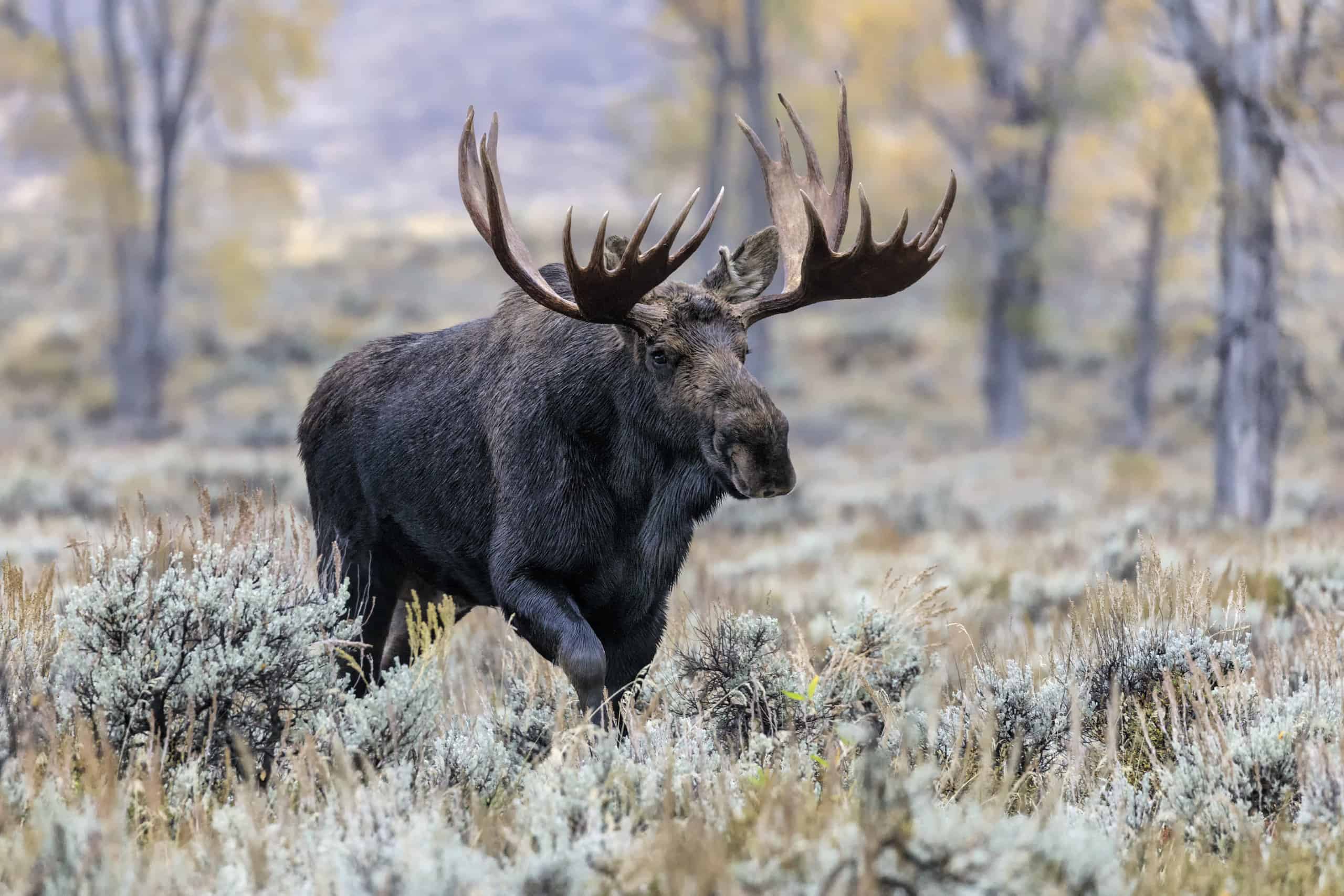
Moose grow antlers.
©David Osborn/Shutterstock.com
The freshwater ecosystems in the Great Lakes provide an incredible place for many animals to live, including America’s bald eagle. Each of the lakes has different wildlife, both in the water and on the shores, including:
- Black bear – Black bears are found near Lake Superior, spending a lot of time in the North Shore Highlands.
- Gray Wolf – A long-legged predator capable of traveling hundreds of kilometers in a few days, the gray wolf is three to five feet long and weighs 60 to 145 pounds, depending on gender.
- Canada Lynx – Pouncing on prey from trees, its unusually shaped paw acts like a snowshoe for easy movement in the snow. The spiky hair in the ears may act like hearing aids.
- Moose – The tallest mammal in North America, adults stand 6 feet from ground to shoulder. They have long faces, muzzles hanging over their chins, and a flap of skin swaying under their throats. The male moose grows huge antlers up to 6 feet wide.
- Yellow perch – Yellow perch is one of the most common fish in Lake Erie, even though the area is known for an abundance of toxic cyanobacteria. These fish are part of one of the largest commercial fisheries in the area.
- Salmon – Lake Michigan is rich with salmon, but there are many unique species in the area. The most common salmon in this lake include the Chinook salmon, Coho salmon, pink salmon, and Atlantic salmon.
- Walleye – The Walleye is a fish that primarily survives in warm water, which is why it is often found in Lake Huron.
- Mute Swan – The mute swan is fairly common near Lake Ontario. It prefers areas that offer inland marshes, lakes, and rivers.
- The Great Blue Heron – The Great Blue Heron has beautiful plummage (blue-gray with black stripes) and weighs only 6 poinds but has a wingspan of 7 feet! Its nest is called a rookery.
There are about 177 species of fish across the five Great Lakes.
The Most Dangerous Animals in the Great Lakes Today
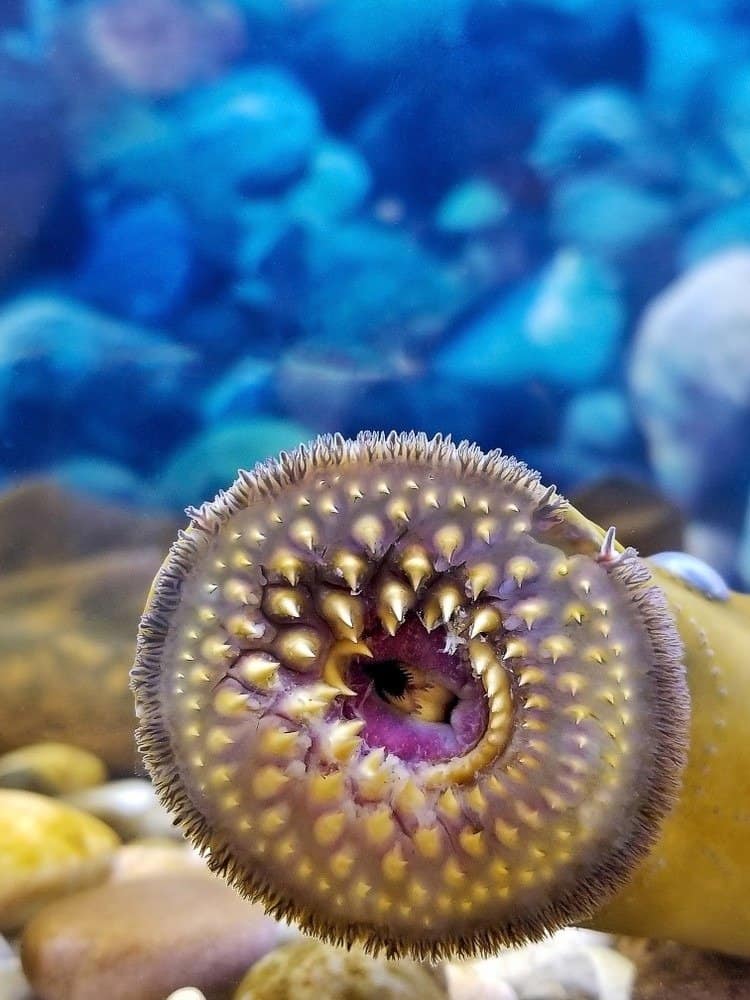
Close up of open sucking mouth of sea lamprey with teeth
©Maria Dryfhout/Shutterstock.com
The most dangerous predator in the Great Lakes is the sea lamprey, which was actually introduced as an invasive species. Primarily, it goes after a sports fish called the lake trout, often wounding them as they kill them off. It is also attracted to the blood and bodily fluids of any creature.
There are other dangerous wildlife as well. Some that have been reported near the Great Lakes Basin include:
- Piranhas – These fish have teeth that are fairly similar to that of a human. Also, in July of 2016, the Department of Natural Resources found a pacu in the Great Lakes. Pacu have human-like teeth and are actually vegetarians.
- Snakeheads – Snakeheads also have incredibly sharp teeth. Their 3-foot-long body makes it even more intimidating, especially considering that the fins are strong enough to allow them to “walk” on land for up to a week.
- Bull sharks – Although they are extremely uncommon, bull sharks have been known to accidentally find their way into the Great Lakes area periodically, sometimes swimming into the Mississippi River as well. It’s worth noting that while bull sharks are capable of living in freshwater, the Great Lakes are generally too cold for them to survive, and reports of them in the Great Lakes have been unconfirmed or hoaxes. They have been spotted in the Mississippi River as far north as St. Louis, however.
- Snapping turtles — Adult males can be aggressive and use their claws, sharp hooked beak, and powerful jaws to attack a predator. If they bite, the can cause a serious wound.
- Blue-green algae – This fresh-water life has existed for millions of years. There are over 7,500 species. Algae grow best in places with plenty of sunlight and nutrients like phosphorus and nitrogen in the water, which may result from fertilizers. When in bloom, they produce cyanotoxins that can cause everything from rashes and blisters to breathing difficulties, liver or kidney damage, or gastrointestinal issues for humans. Animals that drink infested water can die. The algae cause deadzones where sunlight can’t reach into the water and fish can’t live.
Endangered Animals in the Great Lakes
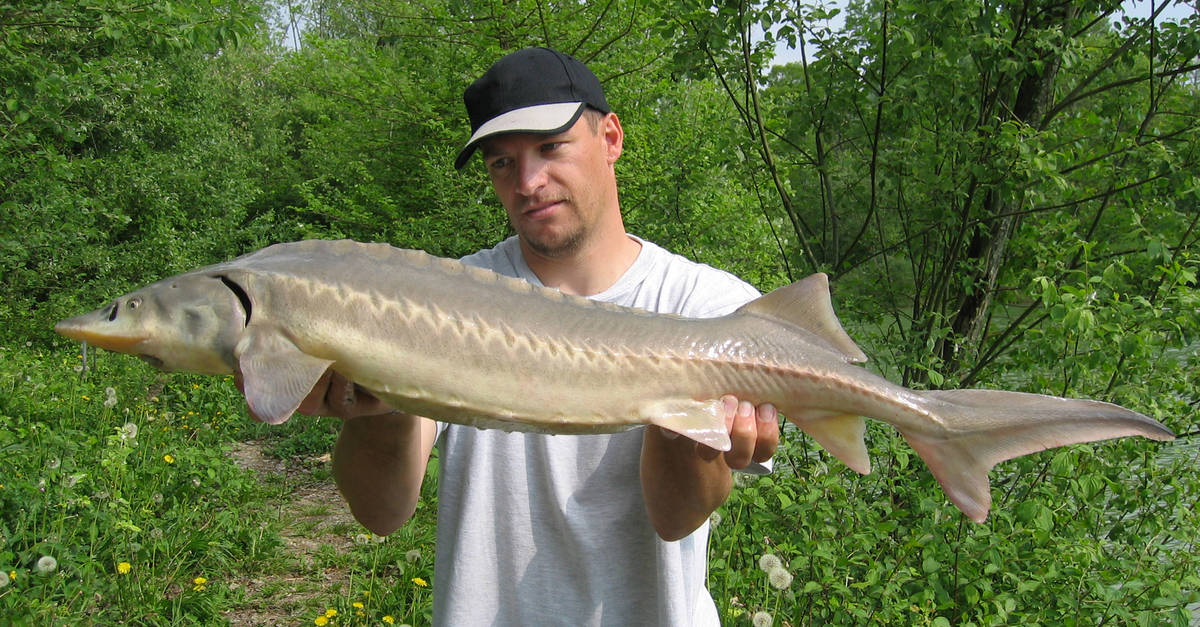
Lake sturgeon fishing is popular — lake sturgeon can measure up to 6.5 feet! However, lake sturgeon are endangered.
©Fabien Monteil/Shutterstock.com
As lush and clean as the Great Lakes are, the freshwater ecosystem has many fish and other species that are at a great risk of becoming extinct. These endangered species include:
- Longear sunfish
- Lake sturgeon
- Pugnose shiner
- Blue pike
Part of the reason that so many fish are endangered or at risk is due to the introduction of non-native species. Sometimes, this introduction to the area is not intentional, but it causes a disruption in the species’ ability to defend itself against the existing predators in the lakes. Carp, sea lamprey, and goby have all been introduced to the area.
Unfortunately, several fish species have not survived their time in the Great Lakes, leading them to become extinct. For instance, a salmonid fish called the Blackfin Cisco used to freely roam the Great Lakes, but three invasive species, plus overfishing, led it to become extinct.
In northern Lake Erie, on the Canadian side, several types of turtles are endangered: Blanding’s turtle, northern map turtle, softshell turtle, spotted turtle, snapping turtle. In addition, the Eastern foxsnake, the Kirtland’s warbler, and the Fowler’s toad are endangered.
There has been some debate over whether the Great Lakes Gray Wolf is endangered. It was taken off the list, then put back on by court order. Similarly, the piping plover, a small shore bird that was once endangered, is seeing a comeback thanks to effective conservation methods.
Rarest Fish in the Great Lakes

©Charles Bradford Hudson (1865–1936) / public domain – License
- Bloater – a strange, native freshwater fish, the bloater lives in all the Great Lakes except Lake Erie, which is too shallow for this bottom dweller. Usually, a bloater spends the day at 30-650 feet, but comes to the surface at night to feed. Upon reaching the surface, its gas bladder expands, making it look bloated; thus the name. Its scientific name is Coregonus hoyi, and it is a member of the Salmonid family. The bloater is a silver and white color with pink/purple iridescence.The bloater is prey to other fish such as Lake trout and Atlantic salmon, as well as the invasive alewife and sea lamprey species. As a result, its population has declined, but the US Fish and Wildlife Service is raising eggs from the hardier Lake Michigan variety to replenish this fish in Lake Ontario. It may not be a rare fish for long.
Rarest Animal Living Near the Great Lakes
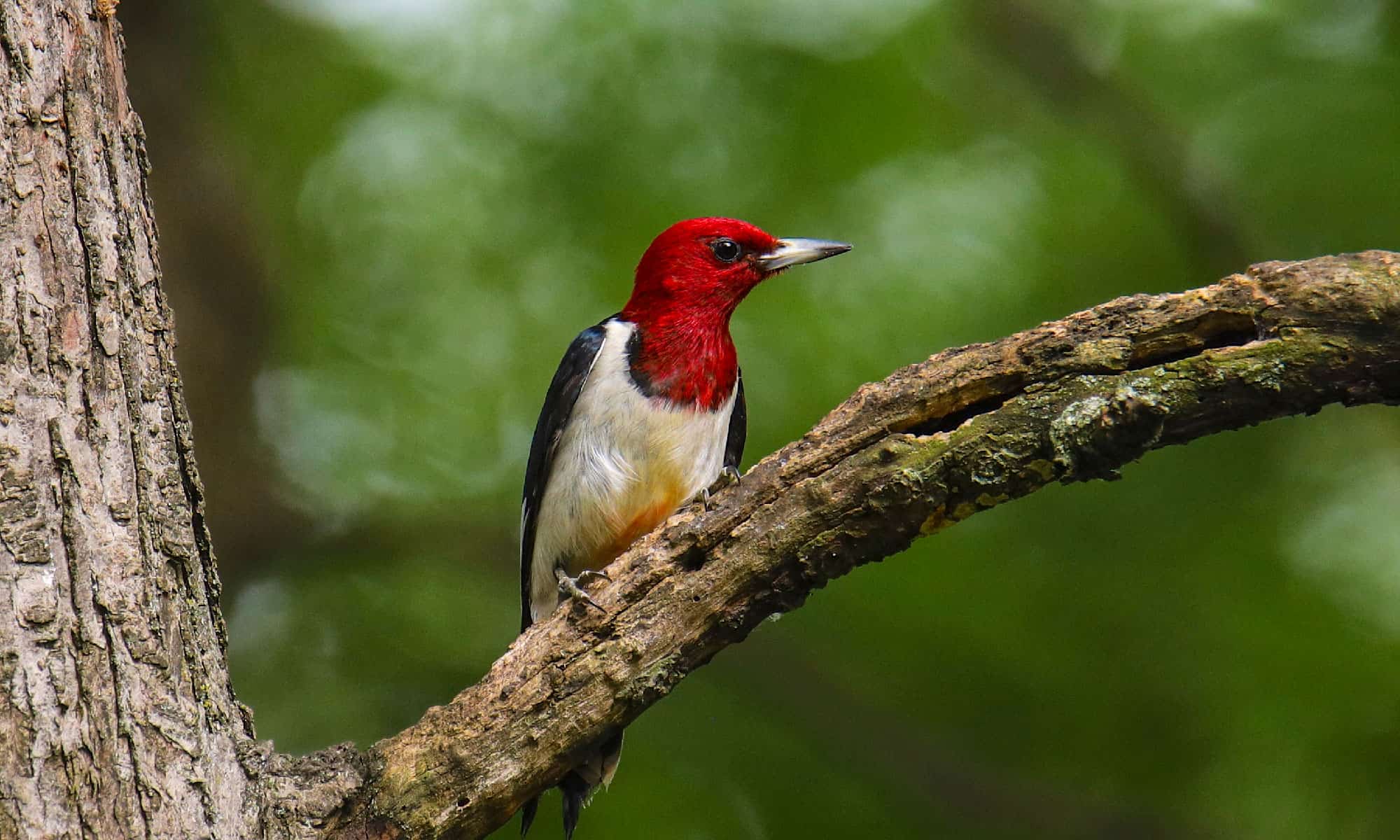
©vagabond54/Shutterstock.com
- Red-headed woodpecker – recognized by its entirely red or scarlet head, its body is black with white markings on its wings and belly. This medium-sized bird is always on the go in search of food such as acorns and beech nuts and many kinds of fruit. Unlike other woodpeckers, it can catch flying insects, and it is one of only four woodpeckers species known to store its food. In retrun, numerous species, including raccoons and Peregrine falcons, feast on them. For these rare woodpeckers to thrive, large hardwoods are necessary. Its breeding habitat is open country across southern Canada and the east-central United States, including the Great Lakes region, but it can be found in most areas of North America.
Largest Fish in the Great Lakes

The muskellunge is a toothy fresh water fish and the second-largest fish in the Great Lakes.
©iStock.com/glxedwards
There are about 177 species of fish in the Great Lakes. Of these, the following are the top three in size. For a description of the 15 largest, go here.
- The lake sturgeon is undoubtedly the biggest Great Lake fish, weighing almost 200 pounds or 90 kilograms, Apart from being a prized catch for its notable mass, the lake sturgeon is also the source of expensive caviar. Despite the name, lake sturgeon can be found in both rivers and lakes. The fish’s range extends from Hudson Bay to the Mississippi River in North America. Originally a common species in the Great Lakes ecosystems, overfishing has now reduced its population. The lake sturgeon feeds on small invertebrates, including crayfish, snails, clams, and leeches, found around the lake’s bottom.
- The Musky, or Muskellunge, is the second-largest fish in the Great Lakes. The average adult typically measures 28-48 inches (0.7-1.2 m) in length and weighs 5-36 pounds (2-16kg). However, some muskies grow bigger, with one having weighed 70.10 lbs.! The musky is noted for its dangerous barracuda-like teeth. Also, it is a very effective “predator machine” that hides in the shadows of vegetation or sunken logs along the coast, only emerging to strike a target fish.
- The channel catfish is a type of catfish for consumption, despite being a bottom feeder. The body of a channel catfish is cylindrical in cross-section and devoid of scales. The average example in most waterways is only 2-4 pounds (1-2 kg) and between 12 in (31 cm) and 24 in (61 cm). However, it is not unusual for a “channel cat” to weigh 10-20 lbs., and the record weight was 58 lbs.! This fish species has been found in North America for about 3,000 years. Except for Lake Superior, they can now be found in all of the Great Lakes.
Largest Animal Living Near the Great Lakes

Black bears are among the largest land animals found near the Great Lakes.
©Holly Kuchera/Shutterstock.com
The largest land animals living around the Great Lakes include the aforementioned Moose, Black Bear, Gray Wolf, Canada Lynx, Great Blue Heron, and Mute Swan. The other animals that call the Great Lakes area their home are not necessarily that large, but they are noticeable: Beaver, Otters, Ducks, and even Coyotes.
Among the birds of the area are the northern harrier, common loon, double-crested cormorant, common tern, bobolink, least bittern, and common merganser.
Great Lakes snakes include: Eastern Gartersnake, Northern Watersnake, Eastern Massasauga Rattlesnake, Kirtland’s snake, Northern Ribbon snake, Northern Red-bellied snake, Western Fox snake, and the Northern Ringneck. For a full description of these eight snakes, go here.
More Articles Related to the Great Lakes
Read about:
- the best Great Lakes fish to eat.
- the best islands in the Great Lakes for boating, camping, and more.
Great Lakes Animals
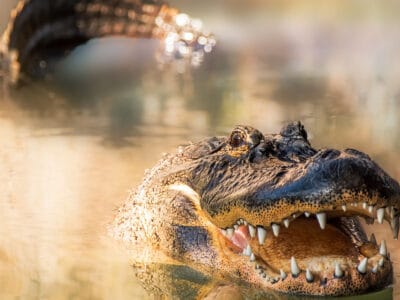
American Alligator
They have two sets of eyelids!
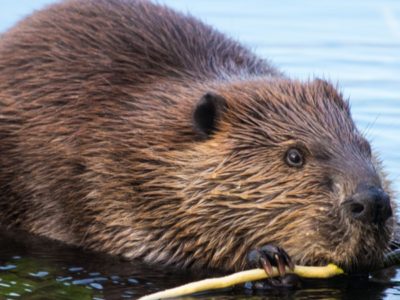
Beaver
Builds a dam from sticks and leaves!

Bird
Not all birds are able to fly!
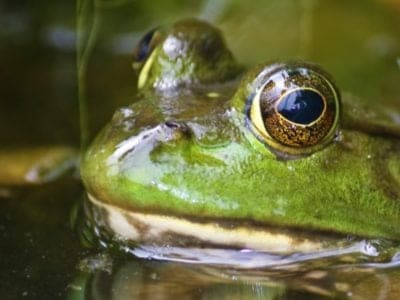
Bullfrog
Has loud cow-like calls!

Butterfly
There are thought to be up 17,500 species!

Catfish
There are nearly 3,000 different species!

Crab
There are 93 different crab groups
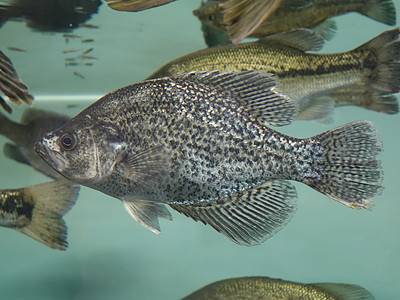
Crappie Fish
The crappie is one of the most popular freshwater fish in North America.

Dragonfly
It's larvae are carnivorous!

Duck
Rows of tiny plates line their teeth!
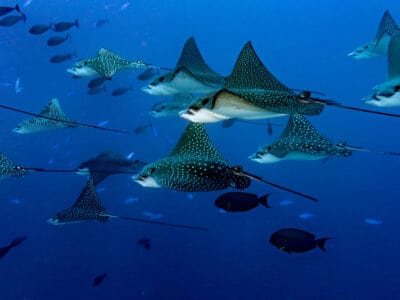
Eagle Ray
Majestic underwater bird like fish

Eel
Eels can be a mere few inches long to 13 feet!

Fish
Respire through the gills on their heads!

Fly
There are more than 240,000 different species!
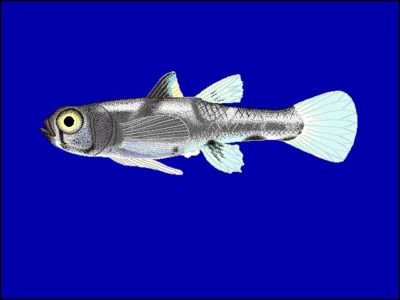
Goby Fish
Some Goby species are toxic.

Goose
There are 29 different species!

Insects
There are an estimated 30 million species!

Kingfisher
Inhabits wetlands and woodlands worldwide!

Lamprey
Not related to the eel

Nematode
Nematodes range in size from 1/10 of an inch to 28 feet long

Puffin
Can remain in the water for up to 2 minutes!
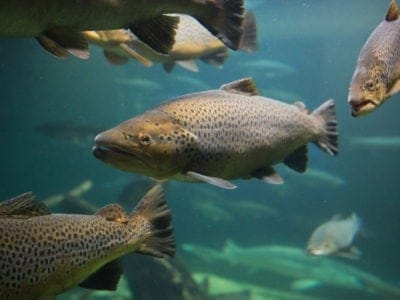
Salmon
Returns upstream every year to spawn

Sea Eagle
The sea eagle tends to mate for life with a single partner
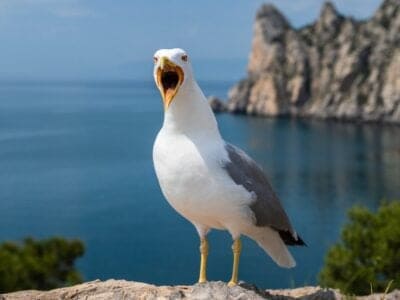
Seagull
Some gulls are capable of using tools

Seahorse
Males give birth to up to 1,000 offspring!

Shrimp
There are 2,000 different species worldwide!

Snail
There are nearly 1,000 different species!
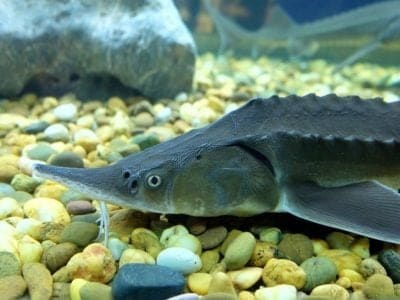
Sturgeon
Large species can swallow whole salmon

Tiger Salamander
Found across the North American wetlands!

Turtles
Some species of aquatic turtles can get up to 70 percent of their oxygen through their butt.

Zebra Mussels
A female zebra mussel can deposit 30,000 to 1,000,000 eggs each year!
Great Lakes Animals List
Animals in Great Lakes FAQs (Frequently Asked Questions)
What kind of animals live in the Great Lakes?
The Great Lakes are filled with animals that are native to the region, including mammals like the black bear, elk, white-tailed deer, and beaver. The areas often have many native bird species (like herons, bald eagles, snowy owls, and whooping cranes) as well.
What is the most dangerous animal in the Great Lakes?
In Lake Michigan alone, you might seek piranhas and sea lampreys, which are incredibly dangerous.
How many species live in the Great Lakes?
With 3,500 species that call the Great Lakes their home, it is the largest freshwater ecosystem found at any place in the entire world.
Are there sharks in the Great Lakes?
Not successfully. While there are many intimidating creatures that reside in the Great Lakes, sharks have no way of getting to there to begin with. Multiple barriers prevent their excursion to the lakes, like Niagara Falls and multiple dams. According to researchers, the only type of shark that could possibly survive in the Great Lakes is the bull shark, and there have been a few sightings. However, the cold weather during the winter and minimal food would make living there significantly difficult.



